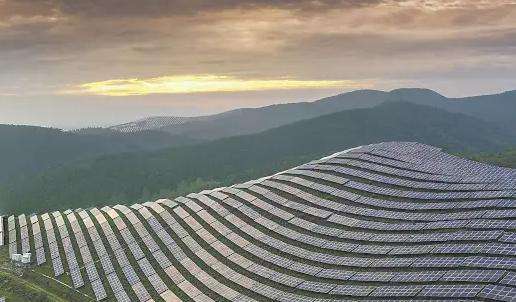1. The installation site must be well ventilated, with sufficient air inlets on the generator side and good air outlets on the diesel engine side. The air outlet area should be more than 1.5 times larger than the water tank area.
2. The area around the installation site should be kept clean, and objects that may generate corrosive gases and vapors such as acids and alkalis should be avoided nearby. Fire extinguishing devices should be equipped wherever possible.
3. When used indoors, the smoke exhaust pipe must be connected outdoors. The diameter of the pipe must be greater than the diameter of the smoke outlet pipe of the silencer. more than 3 bends to ensure that the exhaust pipe is To ensure smooth flow of smoke, the pipe should be tilted downward 5-10 degrees to avoid rainwater injection; if the exhaust pipeent is installed vertically upwards, a rain cover must be installed.
4. When the foundation is concrete, flatness should be measured with a level ruler during installation to ensure the unit is secured to a level foundation. There must be special anti-vibration pads or anchor bolts between the unit and the foundation.
5. The unit shell must have reliable protective earthing. For generators that require a neutral point to be directly grounded, neutral grounding should be done by professionals and equipped with lightning protection devices. to use commercial power supply. The grounding device leads the neutral point to be directly grounded.
How to regulate the ventilation of diesel generator rooms
1. Generators of 400KW and above must be equipped with two doors and aequipment door. 2. Where the engine room is located. in the basement, at least one side must be against the wall. Unit operating area 1.8M Unit rear 1.7M Diesel engine side 1.2M Generator side 2.0M. It is better to build an independent transformer oil machine room, in paying particular attention to noise prevention. , air inlet, exhaust outlet, etc., as well as the wiring of low-voltage power distribution parts. Oil pipe wiring!
Diesel generator room ventilation has two parts, daily ventilation and working ventilation. .
Daily ventilation: the number of ventilations in the engine room of air-cooled and water-cooled generators should be 6 times, and the number of ventilations in the oil storage room should not be less than 3 times. For computer rooms that uset gas fire extinguishing systems, after a fire, this ventilation system is responsible for discharging indoor exhaust gases, but it is not accidental ventilation. To ensure personal safety, it is recommended to set the start button for accidental ventilation.
Working ventilation: Water-cooled diesel generators must consider the amount of air required for oxygen consumption in operation; Air-cooled generators have a large volume of cooling air and generally use a natural air intake. Diesel engines have their own fan. pressure emissions, but diesel generators The pressure height of the built-in fan is only about 150 Pa. When the shaft resistance is large, a fan should be added to overcome the shaft resistance. the air inlet shaft is large, an air inlet fan is added; if the rExhaust shaft resistance is large, an exhaust fan is added.
The diesel generator room uses a gas fire extinguishing system. Solenoid valves should be installed on the air inlet and exhaust channels. When a fire occurs in the diesel generator room and gas fire extinguishing is triggered, these valves will be closed. in a chain to ensure the extinguishing effect.
Diesel generator exhaust is a pressurized exhaust with high combustion gas temperature and high air flow velocity. Combustion gases must be vented at high altitude. The flue must be thermally insulated and equipped with a shock-absorbing support. should be installed.
The diesel generator room should pay attention to ventilation and smoke exhaust, otherwise it will affect the use of the generator and cause damage to the generator.recovery that can afford a power outage, a damaged generator is a very bad thing.














